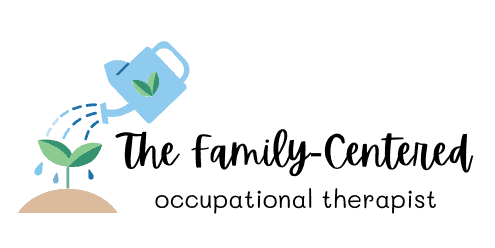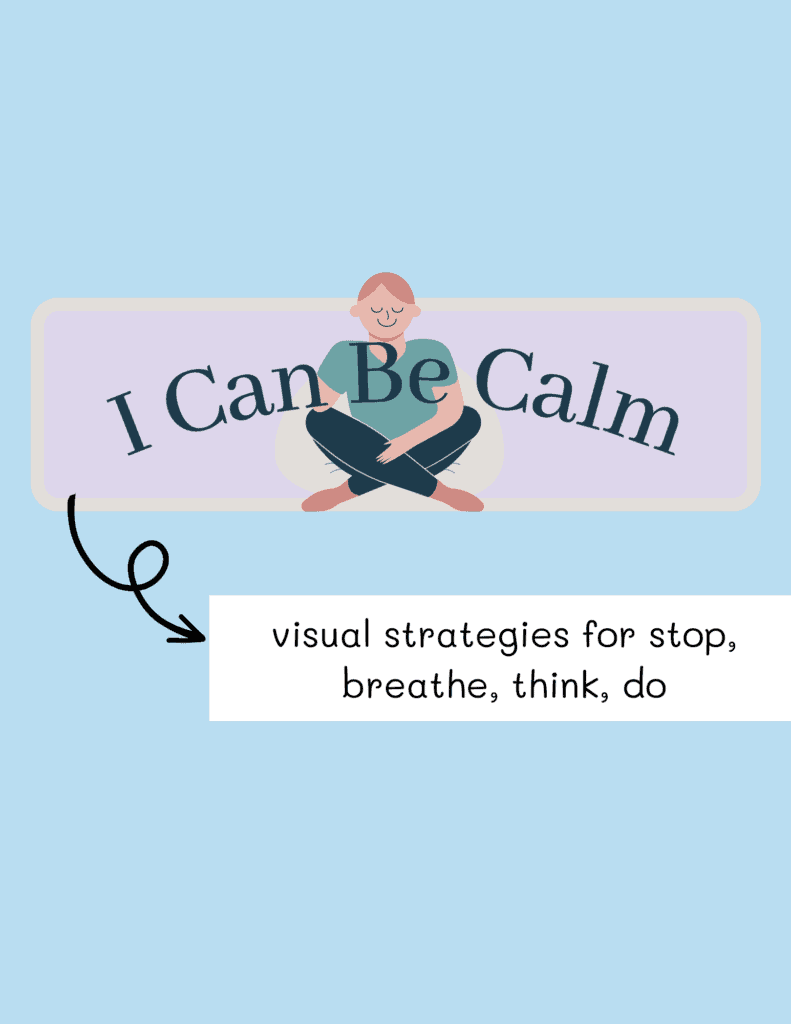Why Does it Take so Long for my Child to Calm?
Children of all ages can have a hard time calming down for all sorts of reasons…
- sensory processing challenges
- emotional dysregulation related to executive functioning difficulties (i.e. ADHD)
- trauma
- neurological differences
- and many other reasons!
The good news – you don’t need to know the root cause in order to start working on regulation skills! However, eventually you should consult with a skilled professional (e.g. your child’s doctor, psychologist, or occupational therapist) to address the underlying challenges as well.
Setting Expectations
Children should not be expected to calm or regulate on their own during early childhood and still need help from supportive adults as they get older. During the toddler and preschool ages, children learn to calm by watching you and other adults. This is called co-regulation, where adults use modeling and their affect to help children calm.
But I’ve Tried Teaching Deep Breathing Already!
So many of the caregivers that I see tried to teach their kids to take deep breaths already and feel frustrated that it isn’t working. There are a few key points that they are often missing:
Practice when your child is calm
Learning can’t happen when we’re frustrated! Imagine if you were in one of your most frustrated states and I tried to teach you a new skill. This would most likely not go well.
You need to model taking deep breaths in the moment – even if your child doesn’t join in initially
As we continue to model and co-regulate with our children, they learn to join in. This takes some time, so be patient!

Make breathing fun and make sure they understand
When we tell our children to breathe, they don’t always understand how it is going to help. I LOVE using visuals and play to show how breathing helps. Sesame Street has a fantastic Breathe, Think, Do app that shows a monster calming as he breathes. They also have a book illustrating the same idea.
Note: depending on your child’s age, you might want to press the home button after the breathing video, as the “thinking” part can be confusing. For my younger kids, I teach them to ask an adult for help instead of the “thinking” part.
Use visual reminders
Verbal demands can be a lot to process when we are upset. Instead, post visuals around the house that show children what to do, and model at the same time. This reduces the amount of words that we need to use in the moment and decrease the feeling that we are “nagging” them in the moment. The free visual linked below is modeled after the breathe, think, do process from Sesame Street and is a perfect visual to hang around the house!
Be patient
These things take time and practice. If your child pays attention to your modeling, take it as a win for that day, even if they are not taking deep breaths themselves.
Be flexible to try other things
Not all kids are going to calm with breathing alone, and that’s okay. Some kids may prefer to walk away from the situation or engage in a calming activity (such as building with Legos, coloring, or drinking water). Once you’ve tried deep breathing for a month or so, give yourself permission to try a new strategy and see how your child responds.
When to consult an Occupational Therapist
As a rule of thumb, if your child’s challenges with calming impacts their everyday occupations (i.e. the things they need to do every day such as get dressed on time, eat, play with others, etc.) and/or your family experiences distress due to your child’s emotional challenges, it may be time to talk with a trained occupational therapist or a doctor.


